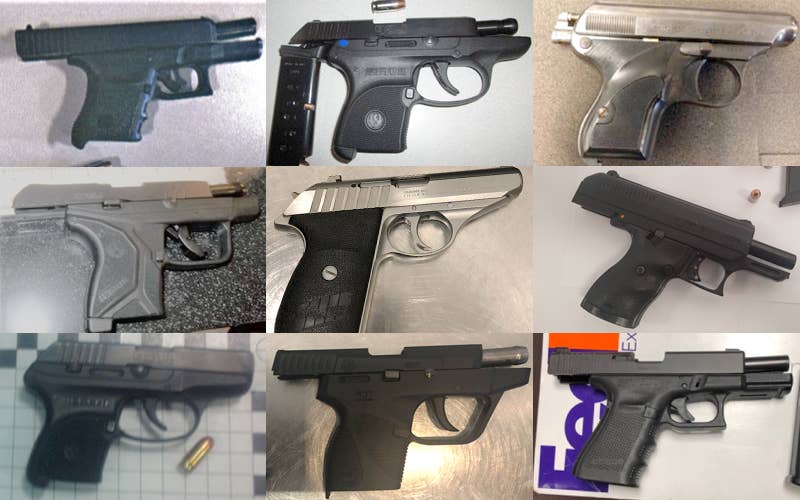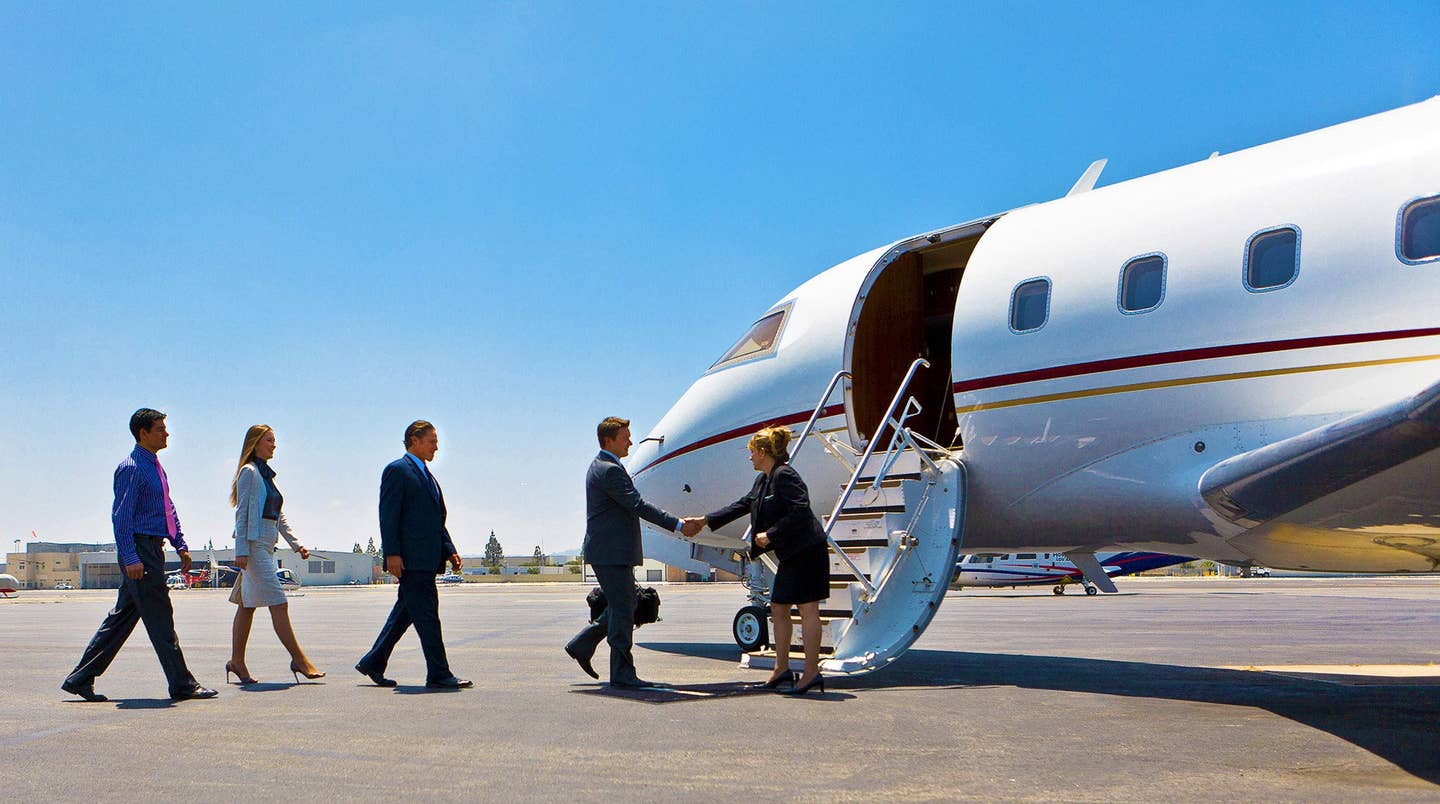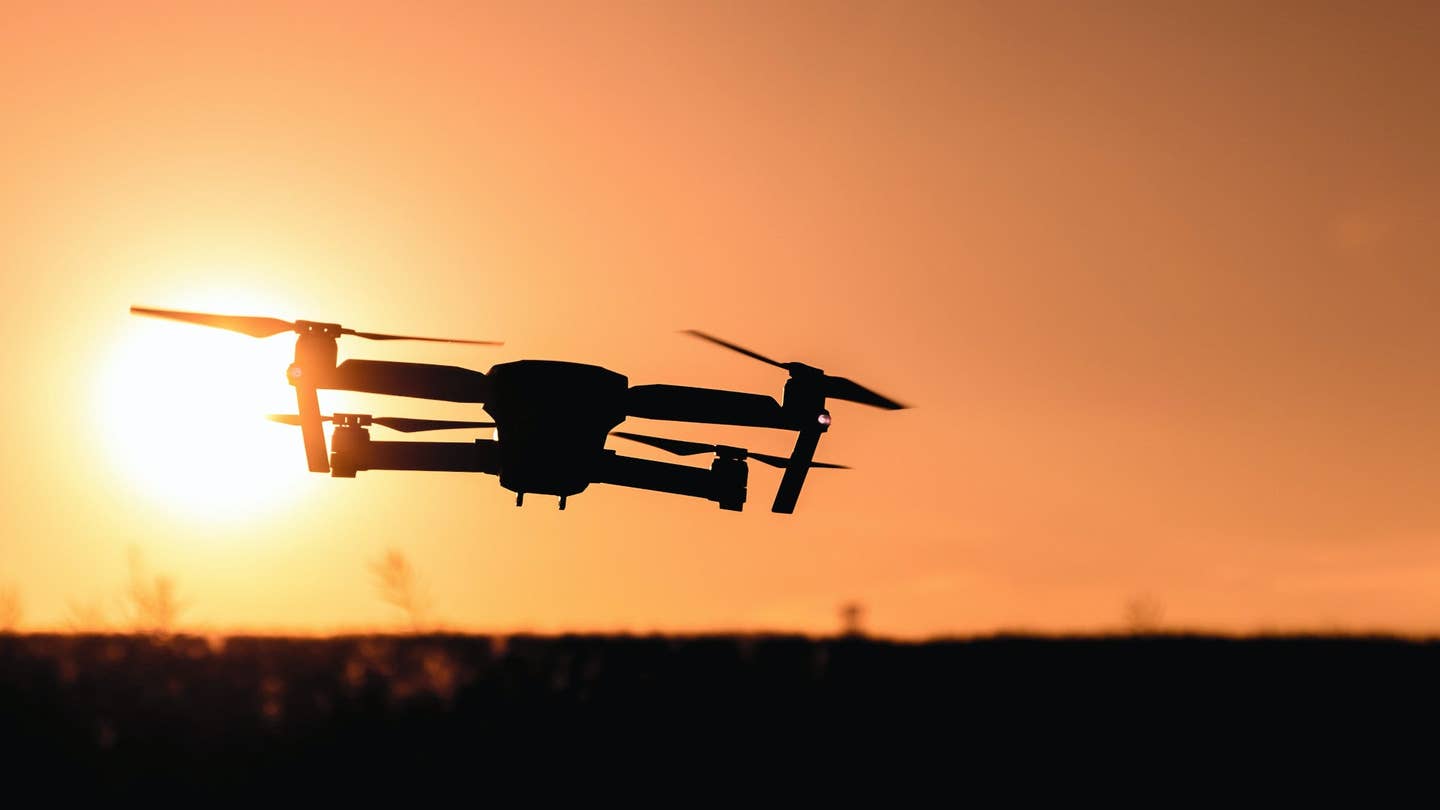Personal locator beacons are emergency devices that broadcast a distress signal on a specific radio frequency. Learn more about PLBs here. [Credit: iStock]
Personal locator beacons are emergency devices that broadcast a distress signal on a specific radio frequency. PLBs are used globally by search and rescue professionals, hikers, mountaineers, and seashore park rangers.
The signal can be detected by coast guard stations or other local rescue teams that may already have an aircraft in the area looking for someone in need of assistance. Let’s review how they work, what situations call for their usage, and some different alerting technologies with PLBs.
How Does Personal Locator Beacon Work?
A PLB can be used when a person or group is lost, injured, or stranded without food, shelter, and water. When a distress signal is sent out to alert the local authorities of an emergency situation, the rescue team should arrive within hours after the call has been made. Different types of PLBs broadcast different frequencies.
The signals from each device are different so that rescue teams can distinguish between the signals if two beacons are set off at the same time in a given area.
What Is a Personal Locator Beacon Used for?
PLBs are small emergency devices that have been set up to help rescue teams to pinpoint a person in distress. While there are other types of devices that may be used, such as satellite messenger, PLBs are the best option when it comes to providing accurate information about an emergency situation.
Some people choose to own personal locator beacons just for their safety, but these devices should only be used when necessary because they do cost money to use.
How Accurate Are Personal Locator Beacons?
Because a PLB is used to alert people to an emergency situation, the device must be able to pinpoint the exact location of a person that is having some sort of problem. If a person has been lost at sea or stranded in the desert, there needs to be an easy way for the rescue team to find them and bring them back safely.
In order for this device to work effectively, it must be able to provide accurate coordinates so that rescuers can determine where a person is located quickly and precisely. PLBs, for this reason, are highly accurate.
How Much Does a Personal Locator Beacon Cost?
The cost of a PLB can vary depending on what kind of device you want to buy and what features you are looking for in your device. The average price tag for these devices is around $400-600 USD. People tend to purchase more expensive models because they want the best quality for an accurate location reading.
Does a Personal Locator Beacon Need to Be Registered?
In some countries, it is illegal to operate or own a PLB without registering the device. For example, in Australia it is illegal to purchase a PLB without registering it under the name of the current owner.
When purchasing a PLB in many other countries, the manufacturer will need to provide your information so that the government can keep track of sales of these devices. The registration process is usually easy and quick.
Examples of When a PLB May Be Needed
People that use a PLB should be aware of the situation that they may have to use the device in. There are many scenarios in which a PLB may be needed; here are a few examples:
Here are a few example scenarios of where a PLB could be used:
- Someone is lost in the middle of the desert and is dehydrated and disorientated.
- A hunter decides to go hunting at night and only has her phone on her for light because she can't afford a lantern or headlamp.
- A man gets lost in the forest when he's out visiting his friend. He has no water with him so he struggles to find his way back.
Alerting Technologies That PLBs Use
There are different technologies that can be used to alert and warn rescuers.
International Air Distress (IAD) - 121.5MHz
IAD is a distress signal that operates on the 121.5MHz frequency. The device has two channels, Channel 1 and Channel 2. Local rescue teams can find a person in trouble through the use of both channels.
In order for rescuers to pinpoint an exact location, the beacon should be turned on by pressing its internal button. This will allow rescuers to locate someone in deep trouble by receiving two signals simultaneously from both channels.
Automatic Identification System (IAD)
IAD is an international spacecraft network that operates on the COSPAS-SARSAT system. The Internet allows IAD to be used as a communication device by satellite for anyone in distress.
This means that it is a very secure option for rescuers to locate someone in trouble once they have an IAD device.
406MHz
406MHz is a channel that can be found on most modern PLBs. The distress signal can be used by both rescuers and the person in need of help in order to pinpoint a location.
The 406MHz PLBs are different from the other types of devices that are available because they have to power the device on momentarily before it starts broadcasting its signal.
Very High-Frequency Digital Selective Calling (VHF DSC)
VHF DSC is a technology that is used on PLBs. The signal is sent out by the PLB and received by the rescuer's antenna. This channel can be used to find someone, but it cannot pinpoint an exact location.
The VHF DSC device must be turned on manually in order for rescuers to pinpoint a location with it, but once again, turning it on will drain the batteries so this device should only be used when necessary.
PLB Vs. EPIRB
A personal locator beacon (PLB) is a radio-beacon device that monitors both its wearer's GPS coordinates and the position of emergency beacons in general. The Personal Locator Beacon system was developed by NASA in order to search them quickly and easily.
It’s used primarily by private citizens, but it can also be utilized by government agencies looking for lost or stranded personnel or other very hard-to-find individuals, such as medical professionals.
An emergency position-indicating radio beacon (EPIRB) is a device that uses satellites to locate the person in distress. It sends out an alert signal on the 406MHz frequency when activated by the person carrying it. It is usually used to be found in case of an emergency, such as being lost or stranded at sea.
Sign Up to Learn More
PLBs are an essential and reliable form of communication for those that are traveling outdoors. Through the use of advanced technology, these devices have the potential to save lives by providing rescuers with accurate GPS coordinates. The reliability of PLBs depends on a variety of factors, such as quality and durability.
If you want to stay up to date on the latest in Aviation, subscribe to the FLYING Magazine newsletter today.

Subscribe to Our Newsletter
Get the latest FLYING stories delivered directly to your inbox






